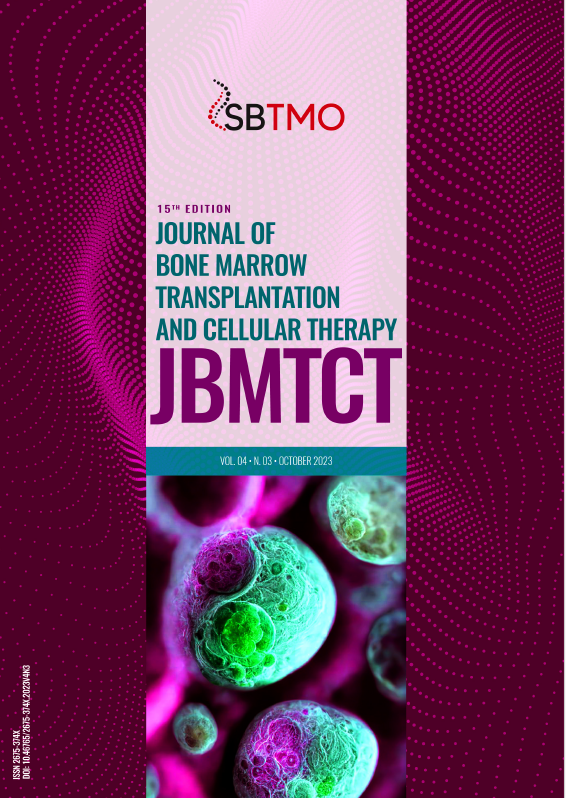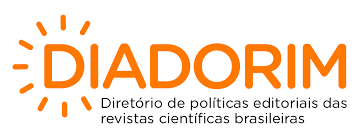Use of InflammaDry® for MMP-9 detection in ocular graft versus host disease
DOI:
https://doi.org/10.46765/2675-374X.2023v4n3p204Keywords:
InflammaDry®, matrix metalloproteinase-9, ocular graft-versus-host disease, chronic graft-versus-host disease, allogeneic hematopoietic stem cell transplantAbstract
Abstract:
Background: InflammaDry® is a point-of-care test that can detect matrix metalloproteinase-9 (MMP-9), an inflammatory biomarker that is elevated in ocular surface stress and desiccation, such as in ocular graft-versus-host disease (oGVHD).
Objectives: To characterize MMP-9 levels in patients diagnosed with oGVHD and to assess InflammaDry® ability to detect ocular surface disease in patients diagnosed with oGVHD.
Methods: A retrospective chart review was completed on 74 patients who have undergone a hematopoietic stem cell transplantation (HSCT) and have been diagnosed with oGVHD. Date of chronic GVHD diagnosis; date of ocular symptoms onset; oGVHD NIH grade on day of InflammaDry® testing; InflammaDry® results; and interventions used to treat ocular symptoms were collected on each patient. Percent positivity, positivity rate and accuracy of InflammaDry® was calculated.
Results: The positivity rate of InflammaDry® showed an increasing trend in relation to increasing oGVHD severity as well as an overall percent positivity of 87.16% and accuracy of 88.36%.
Conclusion: InflammaDry® has demonstrated to be a promising tool that may be used as a screening tool to detect the development of oGVHD onset. However, before InflammaDry® can be implemented into Hematology/Oncology clinics, the rate of positivity of InflammaDry® in patients pre-HSCT must first be determined.
Downloads
Published
How to Cite
Issue
Section
License
Copyright (c) 2023 JOURNAL OF BONE MARROW TRANSPLANTATION AND CELLULAR THERAPY

This work is licensed under a Creative Commons Attribution-NonCommercial-ShareAlike 4.0 International License.









